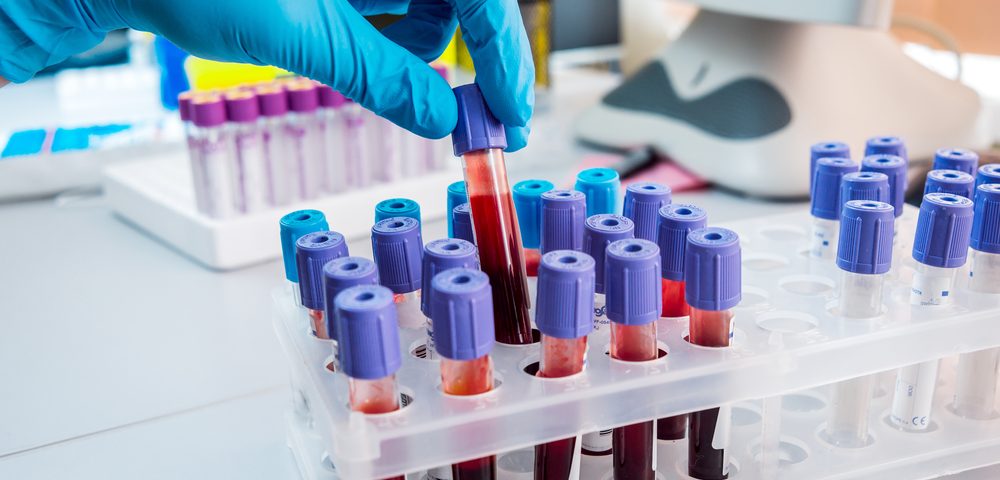Massachusetts General Hospital researchers have come up with a way to prolong the life of cancer cells circulating in the bloodstream.
Tests in prostate cancer patients indicated that the breakthrough could help doctors do a better job of analyzing tumor cells, including detecting cancer biomarkers. This could lead to better treatment decisions.
The new method keeps most of the tumor cells alive for up to three days, compared with a major loss of the cells within a few hours under current preservation methods.
The study, “Whole blood stabilization for the microfluidic isolation and molecular characterization of circulating tumor cells,” appeared in the journal Nature Communications.
Cells that detach from a tumor and enter the bloodstream are called circulating tumor cells, or CTCs. Several studies have concluded that CTCs are a predictor of a poor patient outcome. The upside is that doctors can use them to diagnose the severity of a tumor and how to treat it, researchers say.
As a result, doctors take pains to recover and analyze these rare cells. Using blood samples to track a tumor’s evolution is much less invasive than obtaining tissue samples.
A key problem has been preserving CTCs for study, however. More than 60 percent die within five hours of a blood sample being taken.
In addition, there is significant deterioration of RNA in the CTCs that survive. This degradation makes it more difficult for doctors to obtain an accurate picture of the state of a person’s cancer.
Preserving blood samples is key to obtaining accurate information about tumors. But the current preservation method uses chemicals, which kill many CTC cells and degrade RNA.
Researchers at Massachusetts General Hospital’s Center for Engineering in Medicine wanted to develop a way to preserve blood without altering its composition.
The first step was to identify the best storage conditions for preserving the different types of cells that blood contains. The next step was to prevent two kinds of clumping that cooling generates. One is blood platelets clumping with each other. The other is platelets clumping with white blood cells called leukocytes.
“Unfortunately, cooling causes profound activation of platelets,” Dr. Keith Wong, the study’s lead author, said in a press release. He said the team needed a “targeted approach for platelets so they don’t form nasty clots” in a blood-cell sorting device.
In the end, researchers came up with a combination of three preservation methods that extended blood’s lifespan for up to 72 hours. One was cooling. Another was inhibiting the glycoprotein receptor GPIIb/IIIa to prevent platelet clumping. The other was using a process called calcium chelation to detach platelets from leukocytes.
The preserved blood samples lost virtually no CTCs, researchers discovered. And the qualify of RNA in the preserved samples was as good as that from freshly drawn blood.
When the team compared preserved and fresh bloods’ ability to detect prostate cancer, they discovered that preserved blood could detect 92 percent of the tumor signals that fresh blood could.
Another finding was that preserved blood was able to retain 100 percent of a biomarker for prostate cancer found in fresh blood. The marker, androgen-receptor splice variant 7, or AR-V7, can predict the cancer’s resistance to treatments known as androgen receptor inhibitors.
“The ability to preserve the blood for several days and still be able to pick up this clinically [treatment] relevant biomarker is remarkable,” said Dr. David Miyamoto, co-author of the study.
“This method makes feasible the real-world clinical implementation of recently discovered CTC-based RNA biomarkers [such as AR-V7] with the potential to inform clinical decisions,” the team wrote.
They called for the method to be tested in a larger group of patients to confirm that doctors will find preserved samples as good as fresh ones when they make their treatment decisions.

